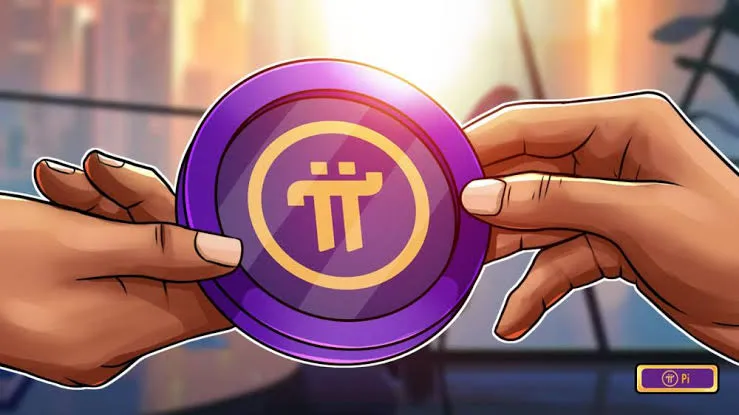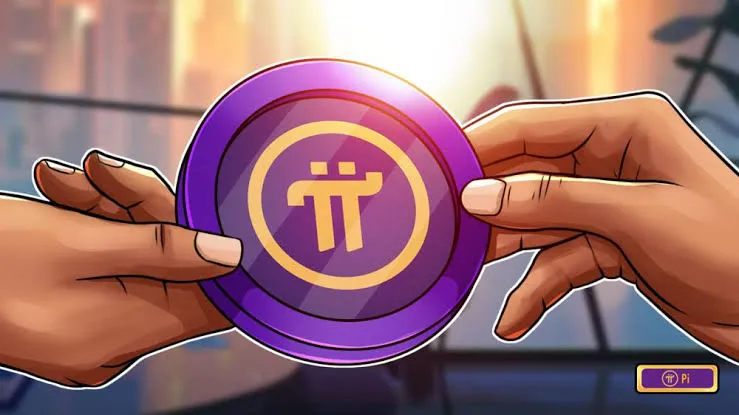Why Pi Network Performed Well — and Then Collapsed


Pi Network entered the crypto scene in 2019 with a compelling pitch: mine cryptocurrency using just your mobile phone. This mobile-first, user-friendly approach set it apart in a space often dominated by technical barriers and complex setups. By eliminating the need for expensive hardware or technical know-how, Pi Network quickly attracted a massive following, eventually claiming over 33 million users, or “Pioneers.”
Excitement reached a fever pitch when the project finally launched its open mainnet in early 2025. Pi Coin briefly surged to around $3, driven by years of anticipation and a global community eager to see their long-held coins finally become tradeable assets. However, just as quickly as the project spiked in attention and value, it began to unravel. Several key issues contributed to its sudden collapse.
Early Investor Sell-Offs
Once the mainnet opened, many long-time users immediately rushed to sell their Pi Coins. After years of passive mining with little to no financial commitment, these users saw an opportunity to cash in on their patience. The resulting flood of coins into the market drove prices down sharply, as supply far outpaced demand.
KYC Verification Challenges
Pi Network required users to complete a Know Your Customer (KYC) process before they could transfer mined coins to the mainnet. When this process ended in March 2025, a large portion of users still hadn’t been verified. This locked-up supply created frustration within the community, with many feeling excluded from the project they had helped build.
Lack of Exchange Support
Despite early hype, Pi Coin failed to secure listings on major cryptocurrency exchanges such as Binance or Coinbase. This made it difficult for new investors to enter the ecosystem and for existing holders to trade with confidence. Without visibility and liquidity, Pi Coin remained on the fringes of the broader crypto market.
Reputation and Scam Allegations
As the hype faded, skepticism grew. Industry insiders and influential voices began questioning the legitimacy of the project. Some even labeled it a potential scam, citing the lack of transparency, prolonged delays, and the difficulty users faced in accessing their tokens. Once trust started to erode, confidence in the coin plummeted.
Utility and Ecosystem Gaps
While Pi Network succeeded in building a large user base, it struggled to develop a meaningful ecosystem or real-world use cases for the coin. Without a clear value proposition beyond speculation, interest naturally faded once the initial excitement wore off.
In the end, Pi Network’s collapse wasn’t due to one fatal flaw, but rather a series of missteps and missed opportunities. The project proved that crypto adoption can go mainstream — but sustaining that momentum requires trust, access, and real-world value. Without those pillars in place, even the most viral projects can fall just as quickly as they rise.

This is the heading
Lorem ipsum dolor sit amet, consectetur adipiscing elit. Ut elit tellus, luctus nec ullamcorper mattis, pulvinar dapibus leo.






